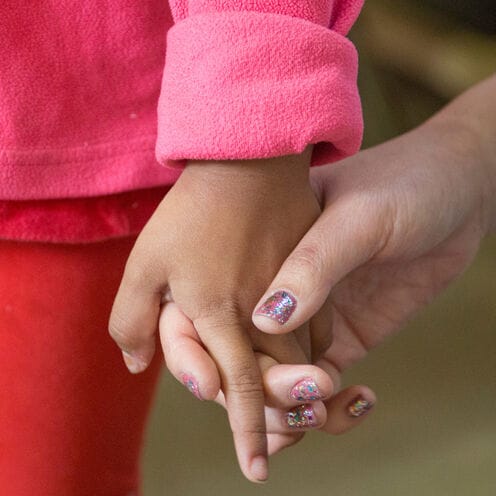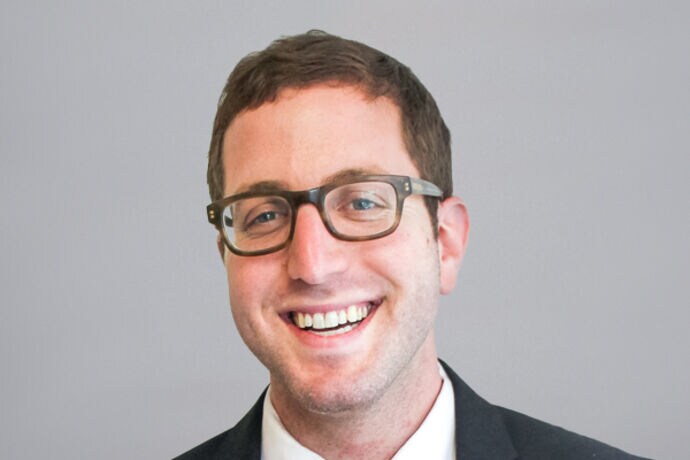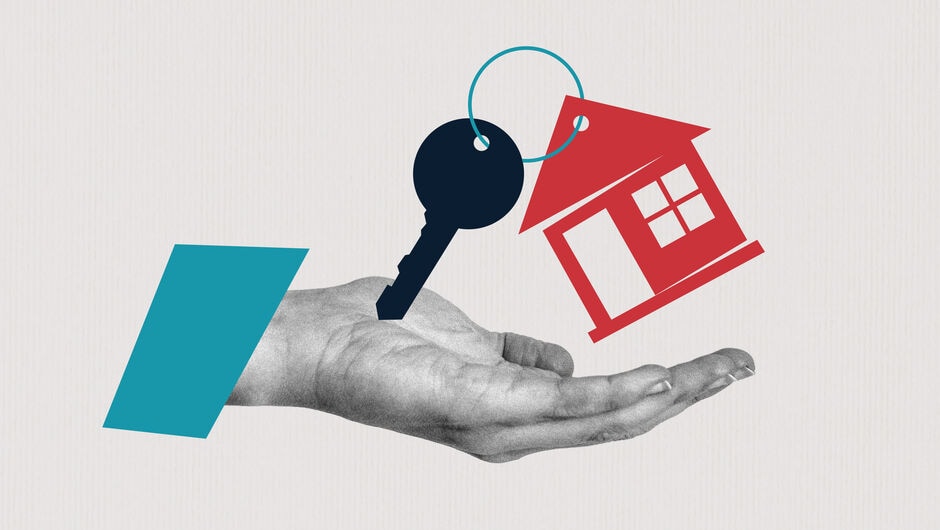
The Coming Child Care Crisis
If you care about educational equity, now’s the time to rally for child care and family supports
“I need a child care service to go back to work. I need to work and survive. I cannot support my children without working.” - Joy, New Jersey
“I have a 3-year-old with special needs. Normally, he would attend preschool and a child care provider would also come to my home. My workload has decreased and we can no longer afford the care he needs. My husband and I have been alternating child care shifts, which has caused a lot of stress. I hope when this is over I’ll be able to find and afford child care again, but the future is uncertain.” - Tanesha, Colorado
Joy and Tanesha represent just two of the dozens of voices speaking up in a new report, “Child Care in Crisis: Stories from the Field.” And those dozens of voices stand in for millions of parents across the country.
Because of how badly the COVID-19 pandemic is breaking an already-fragile child care system, the U.S. stands to permanently lose 4.5 million child care slots in the coming months. Unless states and the federal government step up, it’s going to be low-income families and children, as well as families and children of color, who suffer most. What’s more, these families don’t just need child care; they desperately need direct financial support. Without these measures, the consequences range from a generation of mothers forced out of the workforce to a generation of children suffering from hunger, trauma, and toxic stress.
This is not an inevitability, but a choice.
The reason for the impending collapse of U.S. child care is a fairly straightforward matter of dollars and cents. Child care, unlike public schools or fire departments or roads, does not get a significant amount of public money. Despite being every bit the educational and economic infrastructure as those other public goods, among developed nations the U.S. puts in the third-lowest percentage of GDP for the first years of life. Instead, child care programs are reliant on parent fees, more like a Pilates studio, as one New York Times op-ed writer put it earlier this summer. Because child care is a necessarily expensive service to provide—maximum adult-to-child ratios for some ages can be five times lower than in K-12 schools—programs were operating on paper-thin margins already.
Then along came COVID-19. For many programs, enrollments are down 50 percent or more due to group size restrictions, parents not feeling comfortable sending their children back, and high unemployment leading to less demand. The house of cards, in other words, has been knocked over, not by a stiff wind but by a hurricane. Child care programs are closing in droves, leaving behind little more than Facebook Marketplace ads for used cots, an eerie invocation of what was, and what is being lost.
The impacts are poised to reverberate among parents and their children.
Child care plays an essential role in ensuring families can work, which, as Joy poignantly explained, is a precursor to meeting basic Maslow-level needs. Prior to the pandemic, two out of three families with children under the age of 6 had all available parents/guardians working, meaning they required some amount of external care. While not all of these families use licensed child care centers or family child care homes, for many of the millions that do, the crumbling child care industry is indeed a question of livelihood. A recent survey by the Bipartisan Policy Center found that 22 percent of parents of young children could not work either in-person or remotely without child care, and an additional 22 percent could only work remotely without it—unhelpful for the huge swath of essential workers who can’t from home drive a bus or clean hospital rooms or ensure the local supermarket has stocked shelves.
Already, the loss of child care and supportive income is throwing families into crisis. Researchers at the University of Oregon have been tracking a nationally representative sample of parents of young children through a project called the “Rapid Assessment of Pandemic Impact on Development - Early Childhood,” or RAPID-EC for short. A recent RAPID-EC survey found that, particularly with the expiration of enhanced unemployment benefits, a terrifyingly high number of families is concerned about paying for at least one basic need, defined as either food, rent, and/or utilities. The survey found that among Black families, “59 percent of caregivers were worried about providing basic needs for their families this month.” For Latinx families, it’s 61 percent, and for single-parent families, 60 percent. Sit with those figures for a moment. Put faces to the numbers.
This, of course, doesn’t even address the direct impacts on children. We know that high-quality early child care and education is a tremendous boon for young children’s development; such experiences significantly increase outcomes ranging from third grade reading scores to adult earnings. Stability and predictability of caregivers and routines are similarly beneficial for brain development. We also know just how much cascading damage can be done due to toxic stress and material deprivation. Put bluntly, if you care about educational equity in the K-12 sense, you have an obligation to care about child care and family stability.
Amid this disaster, there is a glimmer of hope, if we can finally rally around our nation’s parents and children. There is an opportunity to put into place a series of family support policies that would arguably do more than nearly any other intervention to close opportunity gaps. These include a child allowance and a robust paid leave policy, as well as creating a true publicly supported child care system.
For each of these, there are already measures in Congress that at least provide a start. A one-year version of a child allowance was included in the HEROES Act passed by the House of Representatives that could be made permanent. Weak emergency paid leave policies currently exist from the Families First Coronavirus Response Act that could be expanded. And both the House and Senate have included relief funding for child care, although the amounts differ widely ($50 billion in the House, $15 billion in the Senate) that could provide the basis for sustainable public investment in the first five years of life. If Congress continues to twiddle its thumbs, states can take their own versions of these actions using remaining CARES Act money and tapping into other available “rainy day” balances; after all, it’s torrential out there.
Ultimately, thriving families tend to lead to thriving children. While this formulation is simplistic, I think we often forget the direction of the syllogism. If ever there was a moment to center the needs of families with children, it’s now. Otherwise, the wreckage of a dismantled child care system and destabilized families are going to reliably swamp any efforts we make within K-12 schooling. It’s long past time we put families where they belong: at the center.

Elliot Haspel (Phoenix ’06) is an early childhood education policy expert and the author of Crawling Behind: America’s Childcare Crisis and How to Fix It.
The opinions expressed in this piece, and all others in our Opinion section, represent those of the authors and do not necessarily reflect the views and opinions of the Teach For America organization.
We want to hear your opinions! To submit an idea for an Opinion piece or offer feedback on this story, visit our Suggestion Box.
Sign up to receive articles like this in your inbox!
Thanks for signing up!
Content is loading...







